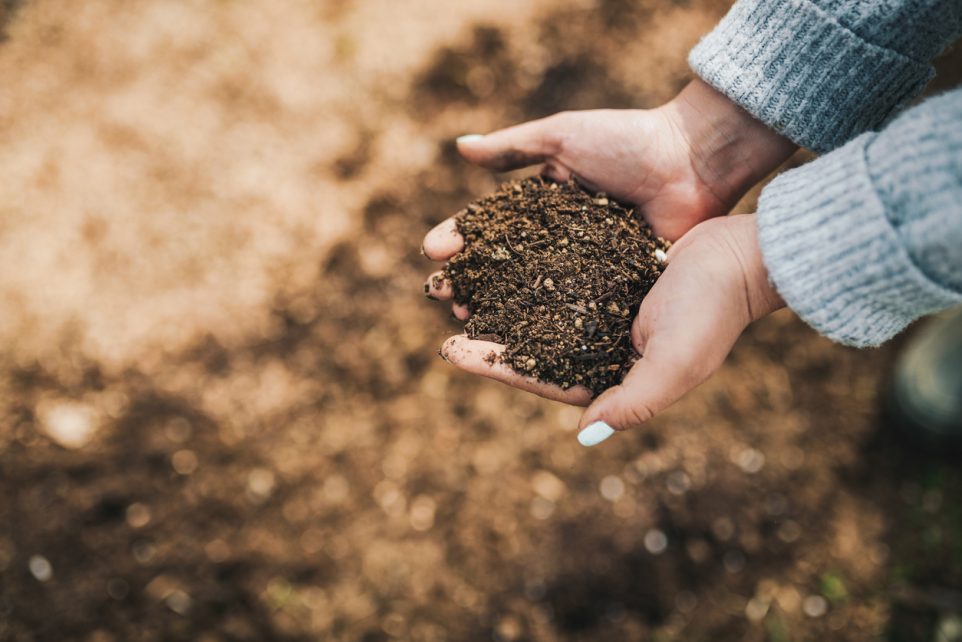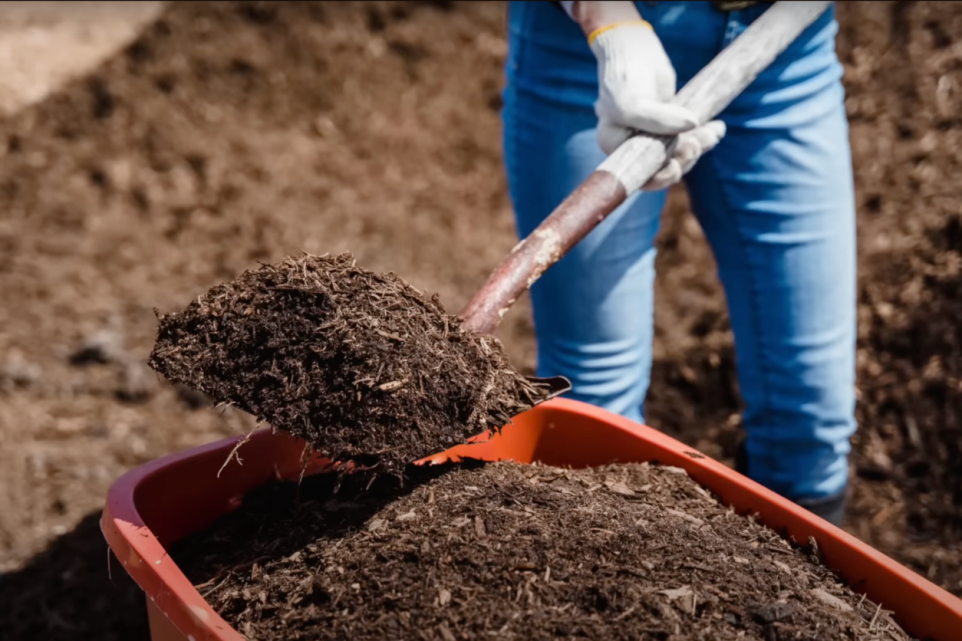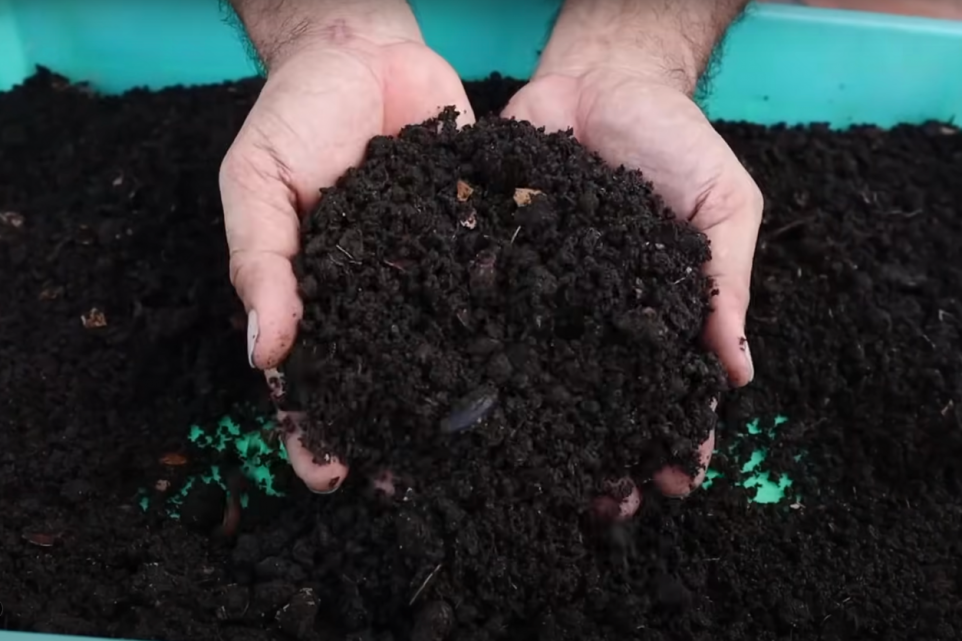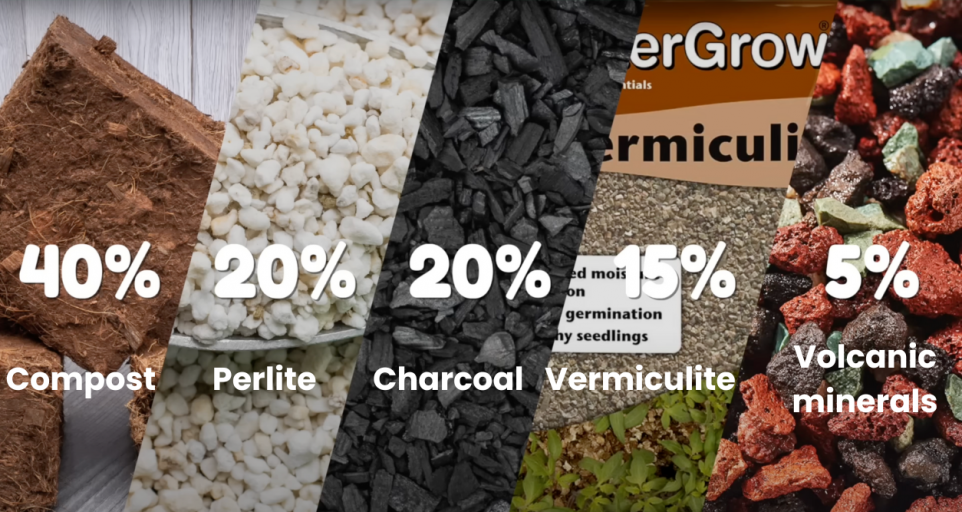How To Make Compost at Home for Indoor Plants

If you love tending to your indoor plants, you might have often reached for those bags of premium potting soil mix, the ones that promise magical growth and blooming splendor. While these can be great, making your own compost at home for your plants isn’t just cost-effective; it’s also a gratifying way to control what goes into your plant’s environment. Trust me, once you start making your own compost, you’ll be wondering why you hadn’t begun earlier!
Why Make Your Own Compost?

When it comes to the costs of store-bought potting mixes, the market offers a variety of options depending on the specific needs of your plants. For example, some premium organic potting soils like the Wonder Soil Organic Potting Soil, which contains coconut coir and other natural ingredients, can cost around $35 at Amazon. These mixes often promise enhanced moisture retention and nutrient delivery and are peat-free, making them a sustainable choice for both indoor and outdoor planting.
On the budget end, products like the Kellogg outdoor potting mix are available at around $10 from Home Depot. These mixes are generally suited for outdoor use and include ingredients like coconut coir and organic fertilizers designed to support plant growth for extended periods without the need for additional fertilization.
The real cost benefits of DIY potting mixes become apparent when you plan to use them extensively. Homemade mixes can cost as little as $0.59 per quart when buying ingredients in larger quantities, such as bulk purchases of peat moss, perlite, worm castings, and compost. This contrasts sharply with smaller quantity purchases, which can increase the cost to about $1.66 per quart. Despite these savings, the initial investment and storage requirements for bulk ingredients can be a deterrent for some.
Creating your own compost for potting mixes not only offers cost savings but also allows you to customize the nutrient content and drainage properties of the soil to suit specific plant needs. This personalized approach can be particularly beneficial for indoor plants, ensuring they receive the ideal growing conditions without the added cost and potential waste of store-bought options.
How To Make Compost at Home
Composting involves mixing organic ‘green’ and ‘brown’ materials that decompose over time, turning into nutrient-rich soil that can greatly benefit your plants. ‘Greens’ are nitrogen-rich materials like kitchen scraps and grass clippings, which add moisture and help heat up the compost pile, fueling the decomposition process. ‘Browns’ are carbon-rich materials like dry leaves and straw, which add bulk and help control moisture levels in the compost pile. For a successful compost, maintaining a balance between these materials is crucial—typically, a good mix is about three parts brown to one part green.

Choosing the right location for your compost bin can significantly affect the efficiency and ease of your composting efforts. Place your bin on a flat, well-drained spot that can handle a bit of moisture, ideally near a water source, for easy maintenance. It’s best if the bin is in a place that receives partial sun or shade, depending on your climate; too much sun can dry out the compost, whereas too much shade can slow down the decomposition process.
You can start by creating a simple bin using materials like wooden pallets or wire mesh. These materials are often inexpensive and easy to assemble into a functional compost bin. The design should allow for good air circulation, which is critical for aerobic decomposition. Fill your bin by layering greens and browns, and make sure to turn your pile every few weeks to aerate it and speed up the decomposition process.
Using Your Compost for Indoor Plants
Once you’ve created your compost, it can be a highly nutritious addition to your homemade potting mix. Incorporating a small amount of compost into your potting soil can significantly enhance its nutrient content, providing your plants with essential minerals and improving soil health. This not only feeds your plants but also improves the soil’s structure, aiding in moisture retention and root development.
For application, you can mix your compost directly into your potting soil or use it as a top dressing. This slowly releases nutrients into the soil, which is especially beneficial during the growing season. However, it’s important to ensure that the compost is well-decomposed and free of large debris to prevent any potential issues, such as pests or too much moisture retention, which could harm your indoor plants.
Mixing Your Potting Soil

When mixing your own potting soil for indoor plants, you have the opportunity to create a blend that’s tailored to the specific needs of your plants, enhancing their growth and health. Here’s how you can approach mixing your own potting soil and using the resulting compost for your indoor plants.
To create an effective potting mix, consider the specific requirements of your houseplants. Typically, a balanced mix should include one-third coco coir for moisture retention, one-third perlite or vermiculite for drainage, and one-third compost for nutrients. This combination ensures your soil is airy and well-draining yet capable of retaining enough moisture to keep roots hydrated without waterlogging them.
Plants that require fast drainage, such as succulents and cacti, increase the proportion of inorganic components like perlite or coarse sand. This helps prevent water from lingering too long around the roots, which can cause rot. On the other hand, plants that thrive in moist environments, like tropicals and ferns, benefit from a mix with a higher amount of coco coir, which holds moisture more effectively.